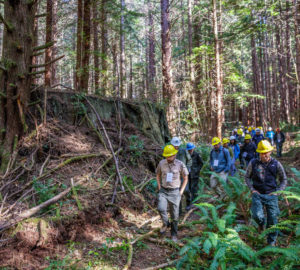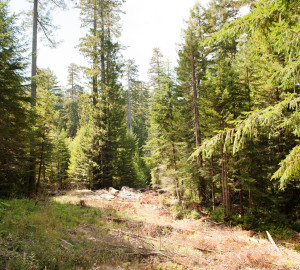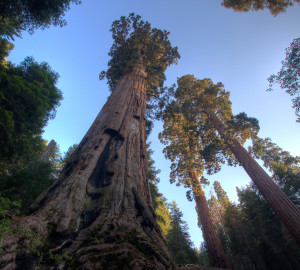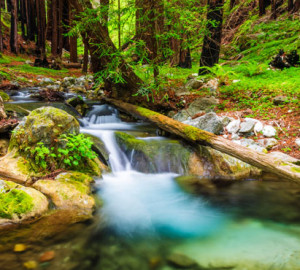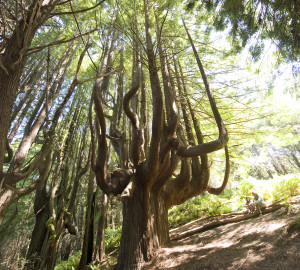Put Californians back to work through conservation
onRedwoods restoration can integrate climate adaptation into economic recovery As Governor Newsom and California’s lawmakers grapple with how best to mitigate impacts of COVID-19 on our lives, health and the economy, the people of our state have voted with their …
